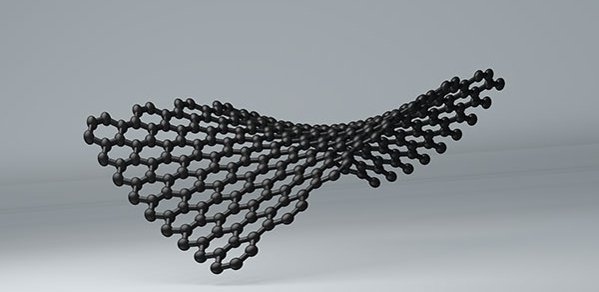
The Graphene Flagship – one of Europe’s first ten-year, €1 billion flagships in Future and Emerging Technologies – has been launched.
We recognise that there is still much to be done before the early promise of graphene becomes reality. The large funding the EU has invested in our vision puts a huge burden of responsibility on our shoulders, and will require us to focus on results, and stay away from hype.
Professor Andrea Ferrari
Graphene was selected as one of Europe’s first “Future Emerging technology” flagship programmes, described as the largest research excellence awards in history, earlier this year. Worth a total of €1 billion, the project aims to take graphene and other, related, layered materials from academic laboratories to society. The hope is that, in the future, it will revolutionize industries and stimulate economic growth.
The programme officially started with a kick-off meeting in the Chalmers University of Technology in Gothenburg earlier this month. At the meeting Professor Andre Geim, Nobel-prize winning pioneer of graphene research, was appointed as chair of the Strategic Advisory Council, and Professor Andrea C. Ferrari, director of the Cambridge Graphene Centre, was elected Chair of the Executive Board. Professor Jari Kinaret from Chalmers University of Technology was confirmed as the Director of the Flagship.
During the kick-off meeting, researchers from the Cambridge Graphene Centre presented some of the latest graphene-based devices made in the Centre, in collaboration with industrial partners Novalia, PeL, Cambridge Graphene Platform, CamLase and Aixtron. The exhibition was also visited by The King of Sweden, HM Carl XVI Gustaf.
Professor Ferrari, of the Department of Engineering, said: “The grand challenge for the flagship is to target applications and manufacturing processes, at the same time broadening research to other two-dimensional materials and hybrid systems. The integration of these new materials could bring a new dimension to future technologies, creating faster, thinner, stronger and more flexible broadband devices.”
“We recognise that there is still much to be done before the early promise of graphene becomes reality. The large funding the EU has invested in our vision puts a huge burden of responsibility on our shoulders, and will require us to focus on results, and stay away from hype.”
The voyage of Graphene Flagship is divided into two separate phases: a 30-month ramp-up phase under the 7th Framework Programme (1 October 2013 - 31 March 2016) with a total European Commission funding of €54 million, and a steady-state phase under the Horizon 2020 programme, starting 1 April 2016, with expected European Commission funding of €50 million per year. The consortium of Graphene Flagship initially includes 75 academic and industrial partners in 17 European countries. The consortium will be expanded with another 20-30 groups through an Open Call, to be issued in November 2013, which will further strengthen the engineering aspects of the Graphene Flagship. Parallel to this, other work will be performed among EU member states and associated nations, to co-ordinate national funding initiatives on graphene, complementing the Flagship funding from the European Commission.

